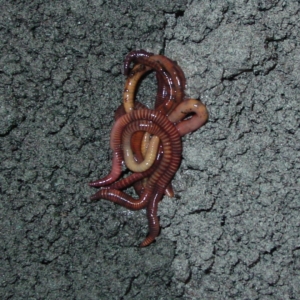Waste
The hazard property ‘ecotoxic’ (HP 14) can be evaluated using a calculation approach based on the content of hazardous substances in a waste sample or using ecotoxicological tests with the respective waste sample or eluate. Ecotoxicological testing of wastes is routinely carried out at ECT according to current guidance (e.g. EN 14735, the German ‘Recommendations for the ecotoxicological characterization of wastes’, and the relevant test guidelines).
ECT performed several research projects, including an international ring test of a biotest battery for ecotoxicological characterisation of waste and, most recently, a project on HP 14 classification of mirror entries in the List of Wastes. In these projects, aquatic and terrestrial ecotoxicity tests were applied, including tests with luminescent bacteria (Aliivibrio fischeri), algae (Raphidocelis subcapitata) and daphnids (Daphnia magna) for eluates, and tests with the bacterium Arthrobacter globiformis, terrestrial plants (Brassica rapa) and earthworms (Eisenia fetida) for solid wastes. In parallel to these activities, ECT has contributed to improving test methods for wastes, e.g. in close co-operation with the International Organization of Standardization (ISO). ECT staff is also participating in national and international expert groups that recommend the implementation of ecotoxicological tests for wastes.
Thus, we are perfectly prepared to conduct all tests with waste eluates and solid wastes that have proven useful for evaluation of the criterion HP 14. Together with our partners, we are also able to offer genotoxicity tests for wastes (e.g. the umu test) and a characterisation of the tested wastes or waste eluates by analytical methods.

